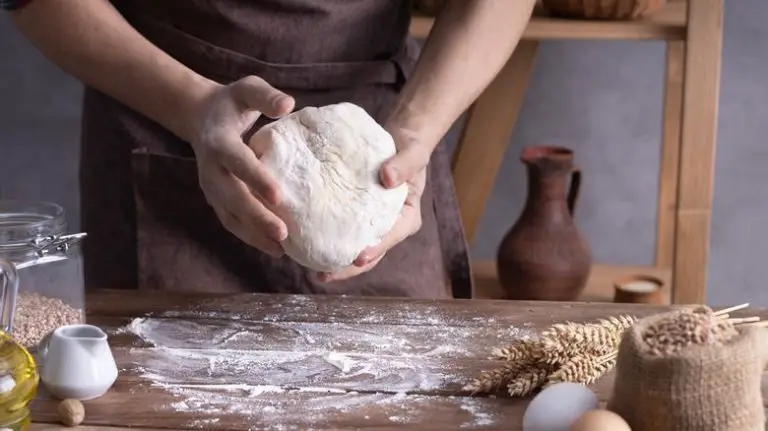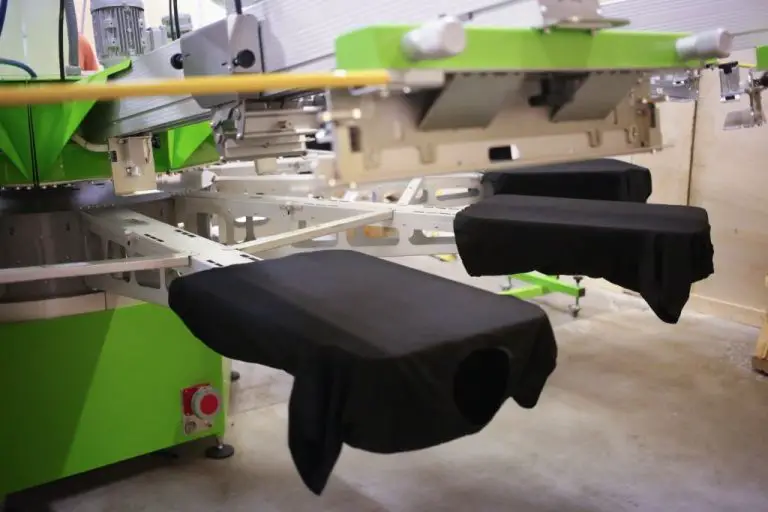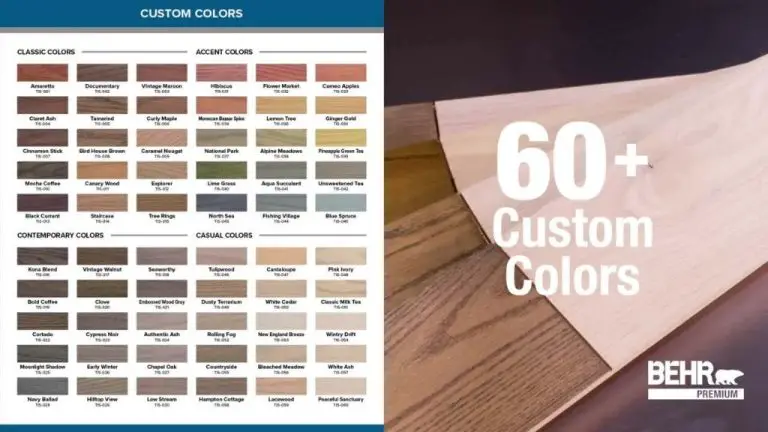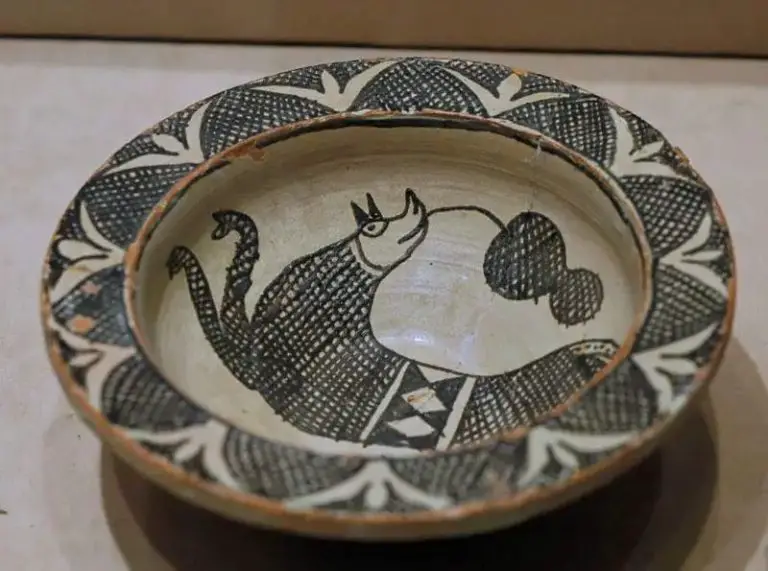Can Crystals Form In Clay?
Clay is a fine-grained natural rock or soil material that is plastic when moist but hard when fired, made up primarily of hydrated aluminosilicate minerals like kaolinite, illite, and montmorillonite. The small, platy structure of clay particles gives clay the ability to form a moldable paste upon mixing with water. This plasticity makes clay useful for shaping pottery, bricks, and ceramics.
Crystals are solids formed by the ordered repeating arrangement of atoms, ions, or molecules in a structure known as a crystal lattice. When conditions are right, the atoms/ions/molecules will self-assemble into the organized lattices of crystals through processes like precipitation or freezing. The shape and structure of the crystal lattice leads to the geometric external shape commonly associated with crystals. Quartz, calcite, and salt are common examples of crystals.
This article will explore the intersection of these two materials, examining how and why crystals can sometimes form within clay deposits and soils. We’ll look at the composition of clay, the basics of crystal formation, and the specific conditions that allow crystals to grow in clay. Understanding when and why crystals emerge in clay can help us control this process for practical applications.
Clay Composition
Clay is primarily composed of fine-grained silicate minerals such as kaolinite, montmorillonite-smectite, illite, and chlorite. The specific composition varies based on the type of clay.
Kaolinite clay contains kaolin, which is a hydrated aluminum silicate. Montmorillonite clay is made up of smectite minerals and has expanding crystal lattice structures that can accommodate water molecules between layers. Illite clay contains non-expanding mica-like layers. Chlorite clay includes a group of layered silicate minerals containing magnesium, iron, nickel, and aluminum.
In addition to silicates, clay contains variable amounts of quartz, feldspar, carbonates, oxides, hydroxides, and organic matter. The small particle size and charge deficiencies give clay unique colloidal properties. Clay structure is porous and layered, which allows water infiltration and ion exchange.
The composition and structure of different clay types affects their plasticity, cohesion, absorption and swelling capacity. These properties influence the potential for crystal growth within the clay material.
Crystal Formation Basics
Crystals are materials made of highly ordered, repeating atomic structures. The atoms or molecules that make up a crystal are arranged in an orderly, geometric pattern that repeats throughout the crystalline material.
For a crystalline structure to form, the material must solidify slowly so the atoms have time to arrange themselves in the lowest energy, highly ordered structure. As the material cools below its melting point, the atoms align to form the geometric crystalline lattice. The crystal grows as more atoms attach to the developing crystal lattice.
There are several major types of crystals defined by their geometric structure and symmetries. Common crystal types include cubic crystals like halite/salt, hexagonal crystals like quartz, monoclinic crystals like gypsum, and triclinic crystals that have the least symmetry like potassium permanganate.
Can Crystals Form in Clay?
The ability for crystals to form in clay depends on the chemical composition of the clay and the conditions that promote crystal growth. Clays are made up of fine-grained phyllosilicate minerals like kaolinite, montmorillonite, and illite. The lattice structures of these silicate minerals provide potential sites for ions to come together and form ordered crystalline structures.
However, the small particle size, surface charges, and absorption properties of clays can inhibit crystal formation. Montmorillonite’s expanding lattice makes it more difficult for crystalline order to emerge. Kaolinite’s 1:1 layer structure limits space for crystal growth. The absorption of ions to clay surfaces can also prevent them from coming together to form crystals.
Despite these barriers, crystals can and do form in clay under the right conditions. Smectite clays like montmorillonite allow zeolite crystals to grow in their interlayer spaces. Illite and kaolinite clays enable growth of quartz, calcite, and feldspar crystals between their stacked sheets. When clay is exposed to hydrothermal fluids or experiences diagenetic changes over geologic timescales, the fluids transport ions that deposit and form crystals within the clay.
Examples of crystals found in clays include quartz crystals in kaolin, mica crystals in illite clays, hematite crystals lending red hues to clay beds, and evaporite crystals formed when clays are exposed to brines. With the right clay composition, fluid chemistry, temperatures, and timescales, a diversity of crystal species can nucleate and grow within clay deposits.
Crystal Growth Conditions
The formation and growth of crystals is highly dependent on having the right conditions in terms of temperature, pressure, pH, and more. For crystals to develop in clay, the environmental conditions must allow the clay’s chemical components to come together in an orderly, repeating pattern.
Some key factors that promote crystal growth in clay include:
- Temperatures between 50-400°C – This provides enough heat energy for atoms/molecules to arrange into a crystal lattice, but not so hot that the material melts.
- Pressures from 1-5 kbar – Moderate pressures help bring clay particles into close contact so they can interact and build crystalline structures.
- Slightly acidic to neutral pH – Most clay crystal growth occurs between pH 5-7, which promotes certain chemical reactions.
- Aqueous environments – The presence of water allows dissolved ions to move and combine within the clay.
- Long timescales – It takes significant time for crystals to nucleate and grow, so old clay deposits are more likely to contain crystals.
Geological settings that can provide these ideal conditions include sedimentary basins, hydrothermal vents on the seafloor, and low-grade metamorphic zones deeper in the Earth’s crust. Environments like these allow clay particles to be exposed to hot subsurface fluids for long periods, enabling crystal growth.
Identifying Crystals in Clay
There are a few key visual indicators and testing methods that can help identify the presence of crystals in raw and fired clay:
Visual Indicators in Raw Clay
– Sparkling or glittery specks visible on the clay surface or when sliced open, indicating crystalline structures reflecting light.
– Smooth, glass-like or vitreous spots on an otherwise matte clay body, suggesting crystalline growth.
– Visible crystal shapes like cubes or octahedrons protruding from clay surfaces.
– Unusually smooth, rounded, or faceted edges and surfaces on air-dried clay, potentially caused by emerging crystal faces.
Visual Indicators in Fired Clay
– Sparkling or glittery surfaces, especially on broken edges, signaling crystalline structures.
– Smooth, glassy spots or a vitreous appearance, indicating substantial crystalline growth.
– Visible crystal shapes embedded in the clay matrix.
– Faceted surfaces and conchoidal fracturing patterns pointing to crystals.
Testing Methods
– X-ray diffraction analysis can definitively identify and quantify crystalline compounds.
– Petrographic analysis involves studying thin sections of clay under polarized light microscopy to observe crystals.
– Acid etching with hydrofluoric acid preferentially dissolves amorphous silica, leaving visible crystalline structures.
– Thermal analysis measures changes during heating/cooling associated with crystallization.
– Microscopic examination may reveal birefringent crystals under cross-polarized light.
Crystal Impacts on Clay Properties
The formation and growth of crystals in clay can significantly impact its properties and usage for pottery, ceramic art, and other applications. Some of the key effects include:
Workability: Abundant crystal growth tends to decrease clay plasticity and make it more difficult to wedge or throw on the wheel. The crystalline structures interfere with the Clay’s ability to bind together and be molded.
Firing: Crystals can affect the firing process. They may promote vitrification at lower temperatures or cause bloating. Crystals with water in their structure may cause popping or cracking from steam release.
Strength: Some crystals like quartz can reinforce the clay matrix, increasing hardness and durability. But too much crystallization can weaken the clay structure and cause spalling or breakage.
Aesthetics: Crystals can create beautiful visual effects in finished ceramic ware. Mica crystals cause a glistening sparkle while others form colorful bursts. But uncontrolled crystal growth may also cause undesirable irregular crackling.
Overall, controlled crystal formation can provide benefits to potters and ceramic artists. Small amounts may help vitrify and strengthen the clay. But uncontrolled crystallization tends to decrease workability while introducing cracking and weakness into unfired and fired pieces.
Understanding how to limit and selectively promote crystal growth allows utilizing their advantages while minimizing their downsides for clay usage.
Promoting or Preventing Crystal Growth
There are various ways to either promote or prevent crystal growth in clay depending on your needs and the application. Here are some tips:
Tips for encouraging desired crystal formation
- Slow drying – Allowing the clay to dry slowly over time encourages larger crystal formation as the components have time to orient themselves.
- Controlled temperature – Maintaining temperatures within an optimal range for crystal growth, often slightly elevated, promotes crystallization.
- Additives – Introducing compounds that promote crystallization as mineralizing agents can seed crystal formation.
- Directed growth – Using templates or frameworks can direct crystal orientation as the clay dries.
Methods for inhibiting unwanted crystal growth
- Rapid drying – Quickly removing moisture leaves insufficient time for larger crystals to form.
- Temperature control – Keeping clay cool can retard crystallization.
- Additives – Adding compounds that interfere with crystallization can inhibit the process.
- Agitation – Physically disrupting the clay can prevent ordered crystal structures.
With some testing and adjustment, the rate and extent of crystal growth in clay can be controlled to achieve desired material properties.
Practical Applications
Crystals forming within clay bodies can have practical impacts on the properties and uses of the final clay products. Certain crystal types and amounts may be beneficial or detrimental depending on the intended application.
For example, some crystals can increase the strength and thermal durability of clay products like bricks and tiles. Promoting the growth of these crystals could produce stronger construction materials. However, excessive crystal growth could make the clay difficult to work or damage finished wares.
Conversely, crystals that weaken the clay or cause cracking may be useful for more porous products like flower pots and filtration media. Fine crystals can also influence the color, luster, and texture of decorative ceramic glazes in visually appealing ways.
By understanding how to control crystal formation through factors like composition, firing conditions, and additives, potters and ceramic engineers can tailor the crystalline structure of clays and clay-based products to achieve desired qualities.
Overall, a nuanced understanding of clay mineralogy and crystal growth allows creating products with enhanced durability, porosity, appearance, and other properties optimized for specific applications.
Conclusion
In summary, we’ve explored several key aspects relating to crystal formation in clay. We learned that clay is composed of very small mineral particles, while crystals have an organized internal structure. For crystals to form, the right conditions need to exist including proper temperature, pressure, and concentrations of dissolved minerals. Evidence suggests that in some cases, crystals can nucleate and grow within clay deposits or clay-rich sediments. Identifying crystals in clay often requires microscopic analysis or other testing methods.
The presence of crystals can modify the properties of clay, impacting its density, porosity, strength, and more. In ceramics and construction using clay, crystal formation may be promoted through firing and additives to improve durability. On the other hand, certain crystals like sulfates can degrade clay materials over time. With a basic understanding of clay composition and crystal growth dynamics, one can better control the crystallization process for practical applications.
Further research is still needed to fully characterize crystal formation mechanisms in different clay types and environments. Long-term field studies tracking crystal growth over months or years may shed light on the timescales and limiting factors. Advanced imaging and spectroscopy techniques can provide new insights into crystal distributions and orientations within clay matrices. As our knowledge expands, we may discover new ways to stimulate or inhibit crystallization that can be applied in materials science and geology.
In closing, the interactions between clay and crystals are complex but have important impacts on natural and engineered systems. With a grasp of the fundamental concepts, we can utilize the knowledge to solve problems and develop innovative crystal-based clay products.





